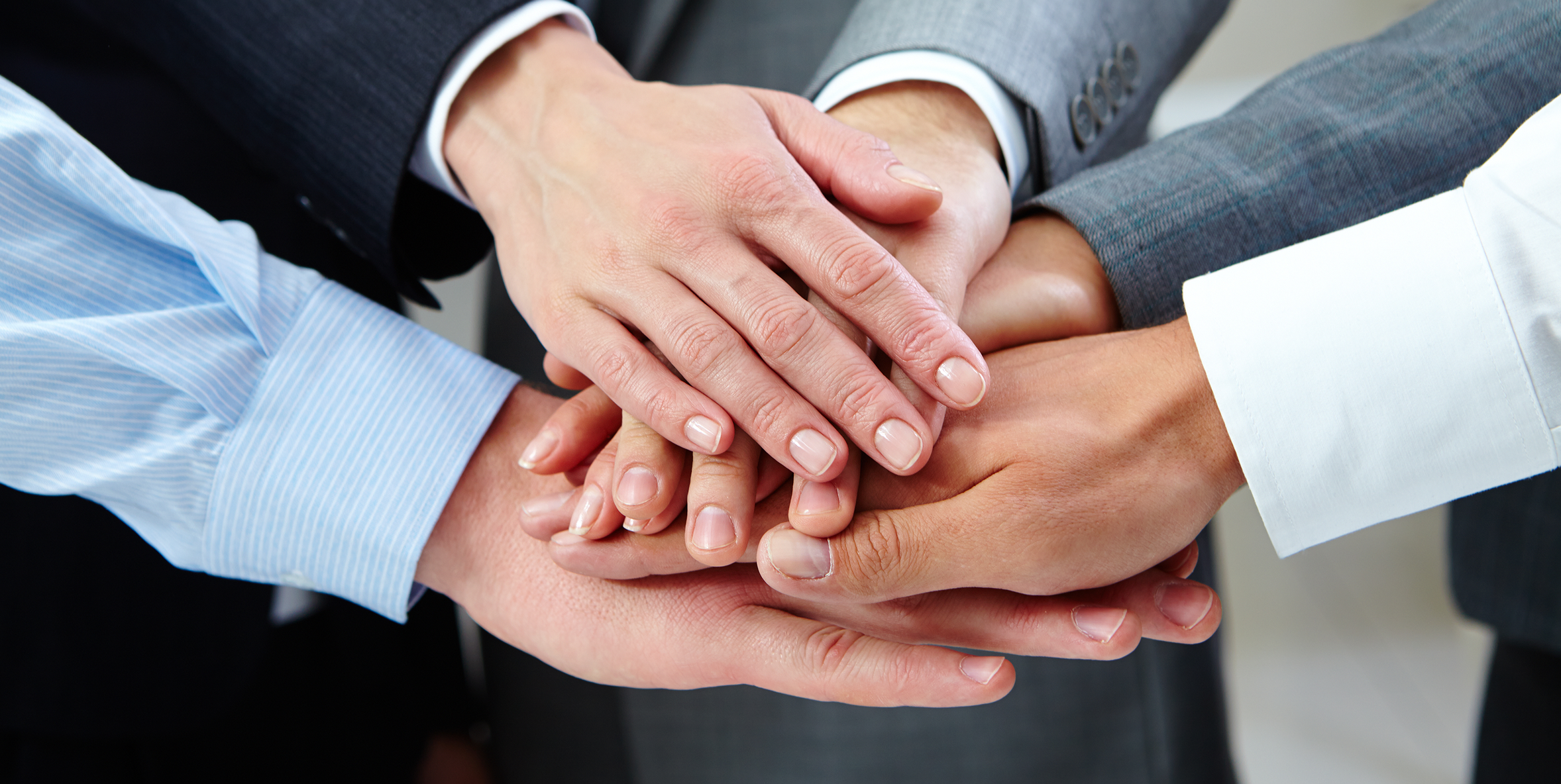A Quick Guide to Mobile App Backend Development
- January 4, 2023
-
2172 Views
- by Ishan Vyas

With the rapid increase in the popularization of mobile applications, the focus is now on understanding the process to build amazing apps and not just a common one. An efficient mobile app backend is really crucial to provide a flawless user experience. To get a better idea about the backend development process read the blog to understand the importance of custom backend development.
This blog is a quick guide to mobile app backend development. It will cover concepts like backend development, its advantages, the difference between frontend and backend development, backend software stack, and a lot more.
What is Backend development?
The backend works behind the scenes and does most heavy-lifting tasks related to authentication, data verification, data storage, and business logic. It is the part of an application that communicates remotely with the front end. Backend development means working on server-side software that focuses on everything you can’t see on the website. Backend developers take care of and maintain servers, databases, and apps. So now you have got a basic idea about backend development, it’s time to discuss the advantages of backend development.
Advantages of Backend development
The backend plays a crucial role in all stages of backend development. Some of the significant benefits of backend development are:
- Faster development
- Reduced time to market
- Cost efficiency
- Continuous delivery and integration
- Enhanced performance and security
- Better output in less time
What is frontend vs Backend development?
Frontend development
- Frontend development focuses on the user-facing side of the application. The role of front-end developers is to ensure that visitors can interact easily with the website by using programming languages, design skills, and other tools. Some of the major skills required to become a frontend developer are HTML, CSS, and JavaScript. Also, they need to have expertise in frameworks and libraries like jQuery, Bootstrap, EmberJS, and AngularJS.
Backend development
- Backend development focuses on the server side of the website. Backend developers use technical skills to perform behind the scene tasks that create website structure and functionality that allows the frontend to exist. Skills required to be a backend developer are programming languages (like python, Java, Ruby, etc), problem-solving skills, backend libraries, and frameworks.
- Now you know the difference between frontend and backend development it’s time to get into the Backend software stack.
Backend software stack components
The backend development software stack can be classified into four parts: database, server, operating system, and software. Let’s discuss them in detail.
Servers
- A backend server is the nerve of the application. It provides resources that the network needs to work and operate efficiently. These shared resources include security, encryption, file storage, web services, email, and database.
Database
- The database is the component that makes the website dynamic. Anytime a user makes a request from the website database, accept the query, fetch data and provide it to the user.
Middleware
- It is software that connects an application’s frontend to its backend. It enables connectivity between the client and server. An efficient middleware enhances business project management, authentication, content management, user engagement, etc.
Some of the popular tech stacks for backend development are
- XAMPP( X, Apache, MySQL or MariaDB, PHP, Perl) stack
- Wins stack
- Serverless stack
Steps involved in mobile app Backend development
Some of the major steps involved in backend development are:
Strategy
- To build an app first and foremost is a good strategy. Thorough market research, selecting the target audience, defining your goals, and choosing the right platform.
Designing
- The next important step in backend development is designing. The UI/UX design ensures that the app is easy to use and works properly. A powerful backend will synchronize your workflow, style guides, architecture, and much more.
Analysis
- Developers need to analyze different apps to prioritize their app needs. This helps in building the app more efficiently.
Testing
- The final step in custom backend is testing. There are different types of testing like unit testing, security testing, performance testing, and user testing. All these testing are necessary to ensure that applications work consistently on all platforms and under all conditions.
How does Citrusbug Technolabs help in custom backend development?
Citrusbug Technolabs offers highly robust mobile app development services. Our developers have expertise in creating highly functional mobile applications using a plethora of the latest technologies. Some of the major advantages of hiring backend developers from Citrusbug Technolabs are on-time delivery, 24*7 support, cost-efficiency, and vast technical knowledge.
We believe to empower custom backend development services by building robust, simple, and scalable solutions. To hire backend developers send your requirements to hello@citrusbug.com and our experts will contact you shortly.
Conclusion
So till now you must have got clear information about mobile app development services. It has a lot of advantages like lower development cost, faster development time, better output in less time, etc. Backend development is the backbone of mobile applications. The frontend is also really crucial but the backend provides veins to the app and makes it useful for the end users.
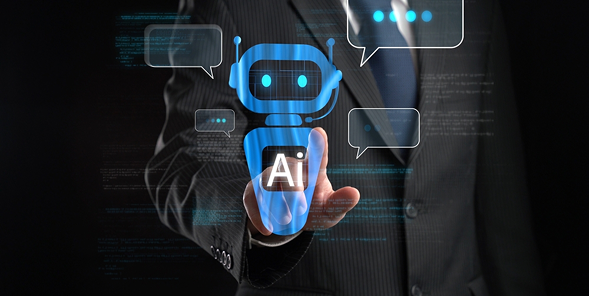




 SaaS Development
SaaS Development Web Application Development
Web Application Development Mobile Application Development
Mobile Application Development Custom Software Development
Custom Software Development Cloud Development
Cloud Development DevOps Development
DevOps Development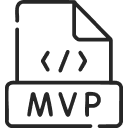 MVP Development
MVP Development Digital Product Development
Digital Product Development Hire Chatbot Developers
Hire Chatbot Developers Hire Python Developers
Hire Python Developers Hire Django Developers
Hire Django Developers Hire ReactJS Developers
Hire ReactJS Developers Hire AngularJS Developers
Hire AngularJS Developers Hire VueJS Developers
Hire VueJS Developers Hire Full Stack Developers
Hire Full Stack Developers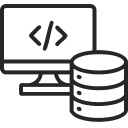 Hire Back End Developers
Hire Back End Developers Hire Front End Developers
Hire Front End Developers AI Healthcare Software Development & Consulting
AI Healthcare Software Development & Consulting Healthcare App Development
Healthcare App Development EHR Software Development
EHR Software Development Healthcare AI Chatbot Development
Healthcare AI Chatbot Development Telemedicine App Development Company
Telemedicine App Development Company Medical Billing Software Development
Medical Billing Software Development Fitness App Development
Fitness App Development RPM Software Development
RPM Software Development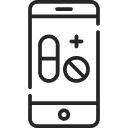 Medicine Delivery App Development
Medicine Delivery App Development Medical Device Software Development
Medical Device Software Development Patient Engagement Software Solutions
Patient Engagement Software Solutions Mental Health App Development
Mental Health App Development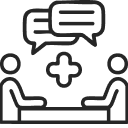 Healthcare IT Consulting
Healthcare IT Consulting Healthcare CRM Software Development
Healthcare CRM Software Development Healthcare IT Managed Services
Healthcare IT Managed Services Healthcare Software Testing services
Healthcare Software Testing services Medical Practice Management Software
Medical Practice Management Software Outsourcing Healthcare IT Services
Outsourcing Healthcare IT Services IoT Solutions for Healthcare
IoT Solutions for Healthcare Medical Image Analysis Software Development Services
Medical Image Analysis Software Development Services Lending Software Development Services
Lending Software Development Services Payment Gateway Software Development
Payment Gateway Software Development Accounting Software Development
Accounting Software Development AI-Driven Banking App Development
AI-Driven Banking App Development Insurance Software Development
Insurance Software Development Finance Software Development
Finance Software Development Loan Management Software Development
Loan Management Software Development Decentralized Finance Development Services
Decentralized Finance Development Services eWallet App Development
eWallet App Development Payment App Development
Payment App Development Money Transfer App Development
Money Transfer App Development Mortgage Software Development
Mortgage Software Development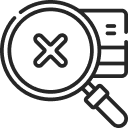 Insurance Fraud Detection Software Development
Insurance Fraud Detection Software Development Wealth Management Software Development
Wealth Management Software Development Cryptocurrency Exchange Platform Development
Cryptocurrency Exchange Platform Development Neobank App Development
Neobank App Development Stock Trading App Development
Stock Trading App Development AML software Development
AML software Development Web3 Wallet Development
Web3 Wallet Development Robo-Advisor App Development
Robo-Advisor App Development Supply Chain Management Software Development
Supply Chain Management Software Development Fleet Management Software Development
Fleet Management Software Development Warehouse Management Software Development
Warehouse Management Software Development LMS Development
LMS Development Education App Development
Education App Development Inventory Management Software Development
Inventory Management Software Development Property Management Software Development
Property Management Software Development Real Estate CRM Software Development
Real Estate CRM Software Development Real Estate Document Management Software
Real Estate Document Management Software Construction App Development
Construction App Development Construction ERP Software Development
Construction ERP Software Development



